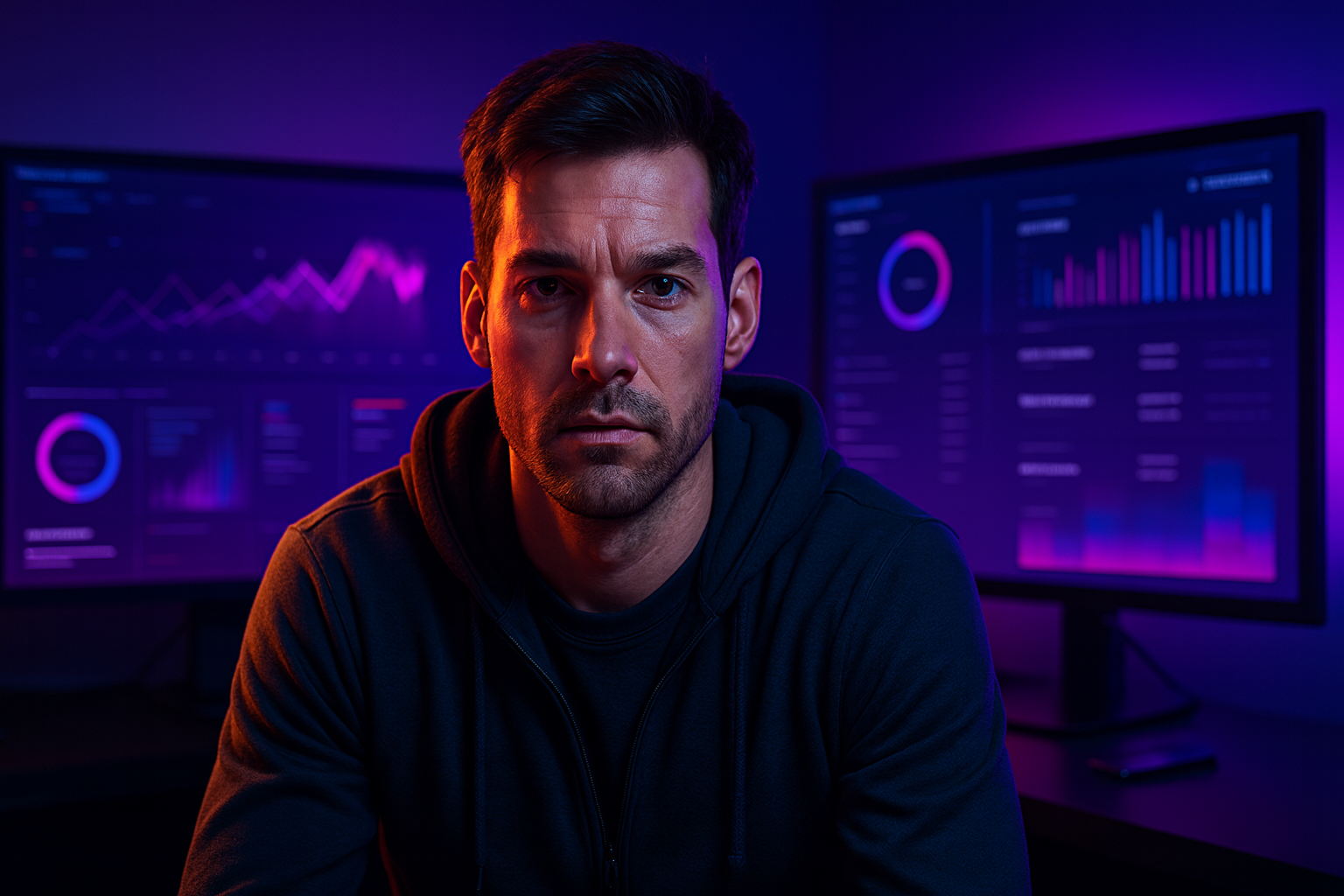Two Worlds: Safety vs. Pressure
Two people. Two teams. Both smart, driven, and proud of where they work. But they live in completely different worlds.
Aiko and the calm precision of Toyota
Meet Aiko, she works at the lean factory of Toyota. Aiko starts her day the same way every morning. She walks the line, coffee in hand, nodding to her teammates.

At Toyota, the team isn’t just a word... it’s the system. Each person depends on the next. If one stops, everyone stops. That’s not a problem. That’s the point.
When Aiko hears a strange noise in one of the machines, she doesn’t hesitate. She pulls the andon cord the bright yellow rope that stops the entire production line.
No one yells... No one sighs...
No one asks if she’s sure.
Within minutes, three colleagues are next to her. Together they check, talk, fix, restart. The goal isn’t speed. It’s learning through doing.
At Toyota, nobody hides mistakes. You raise your hand because the system trusts you to do so.
Aiko goes home at 17:00 knowing she prevented a bigger failure. She feels valued, calm, part of something bigger.
But sometimes she wonders...
🤔
“What if I wanted to try something completely new? Would I ever get permission to fail boldly?”
Jake and the fire and freedom of Netflix
This is Jake, product manager at Netflix. His morning looks very different. He logs in to a dashboard full of numbers. OKRs blink at him like warning lights. He's on fire!

At Netflix, there are no cords to pull. No safety nets. He loves that.
Every idea can ship. Every person can decide. Every mistake is yours to own.
The bar is sky-high (“Act in Netflix’s best interest”) and if you don’t... someone else will.
Jake really thrives on it. He moves fast, argues often, pushes limits. His team releases a feature that explodes on social media. It’s a hit. He gets a bonus and three new projects.
But when the next quarter’s numbers drop, a calendar invite appears: "Fit review”. And just like that, the energy shifts. He’s safe to speak... but not safe to fail.
That night, Jake scrolls through job offers. His calendar is full, his stomach tight, his sleep short. He loves the freedom... but sometimes wonders if the price is too high.
Two worlds, two truths
This are two different worlds. Both good. I'm not here to judge and be opinionated.
Aiko works in a culture of trust and reflection.
Jake works in a culture of ownership and speed.
Although Aiko and Jake are fictional characters in this post, their experiences reflect what many real teams face… the constant balance between safety, pressure, and growth. Neither is wrong. Both deliver results in their own way.
Let me compare them in this overview.
Dimension | Aiko’s world | Jake’s world |
|---|---|---|
Core value | Collective learning | Individual accountability |
Feedback | Gentle, face-saving | Direct, candid |
Decision speed | Slow, consensus-based | Fast, decentralized |
Safety | High | Conditional |
Energy | Calm, stable | Intense, volatile |
Risk | Stagnation | Burnout |
Aiko never fears losing her job, but she sometimes feels stuck repeating yesterday’s wisdom. Jake never feels bored, but he sometimes wonders who will catch him if he falls.
The truth about tension
Every team carries its own level of heat. The question isn’t “Do we have tension?” It’s “How much is healthy for us right now?”
In my carreer there were moments when I longed for Aiko’s world... structure, predictability, shared calm.
And moments when I needed Jake’s... energy, challenge, the rush of something new.
Neither phase was wrong. They were just different seasons of my life.
You can start your career in a Toyota-like culture and it feels perfect. You learn, you grow, you master your craft. But after a few years... that same safety can start to feel like repetition. Predictability turns into boredom. You stop learning, even while you keep improving.
And then there’s the Netflix season. You want challenge. Speed. Ownership. You thrive on the rush... until the same drive that pushes you forward starts to drain you. The burn replaces the buzz.
Both are real. Both can be healthy. And both can quietly tip into something unsustainable. The point isn’t to pick one. It’s to notice when it’s time to shift.
Sometimes that shift is personal... you need to slow down after years of sprinting.
Sometimes it’s seasonal... your team just finished a major release and needs to stabilize.
Sometimes it’s strategic... you’ve been playing safe too long and it’s time to raise the heat again.
None of it is set in stone.
Teams, like people, move in cycles.
They breathe in, they breathe out.
They ride the waves.
Riding the waves
That’s what psychological safety is really about. Not comfort. Not endless harmony. But the ability to see those waves together... and talk about them.
As a professional, it’s important to notice when the energy shifts. And the negativity comes to the surface.
Negativity doesn’t always explode... it leaks. It shows up as shorter answers, fewer laughs, cameras turned off,
or ideas that stop flowing. Noticing those small shifts early is what separates reactive teams from healthy ones.
When the energy drops, ask yourself
👉 What just changed?
👉 Is this individual fatigue or collective tension?
👉 Do we need to slow down, listen, or reset expectations?
Because psychological safety isn’t about preventing negativity.
It’s about naming it before it festers.
Once it’s visible, you can work with it... adjust workload, talk openly, pause. That’s how teams ride the waves instead of being pulled under by them.
The real question:
Maybe the question isn’t “Are we more Toyota or Netflix?”
Maybe it’s “What season are we in?”
And are we acting like it?
If you’ve been running hot for too long, maybe it’s time for some deliberate calm.
If things feel too quiet, maybe it’s time to stir the energy again.
Because great teams don’t live on one setting. They adjust. They breathe. They ride the waves together.
Final note
👆 Please remember:
Aiko and Jake are fictional characters inspired by real working cultures at Toyota and Netflix. I don’t know anyone at either company. Their stories are based on publicly available articles and research that illustrate different approaches to trust, safety and performance.
For deeper reading:
Harvard Business Review – How Toyota Creates a Culture of Continuous Improvement
Patty McCord – Powerful: Building a Culture of Freedom and Responsibility
Want to go deeper yourself?
You can download the Team Tension Thermometer Cheatsheet on Gumroad.
It’s a simple 1-page guide to help your team talk about energy, safety and rhythm.
